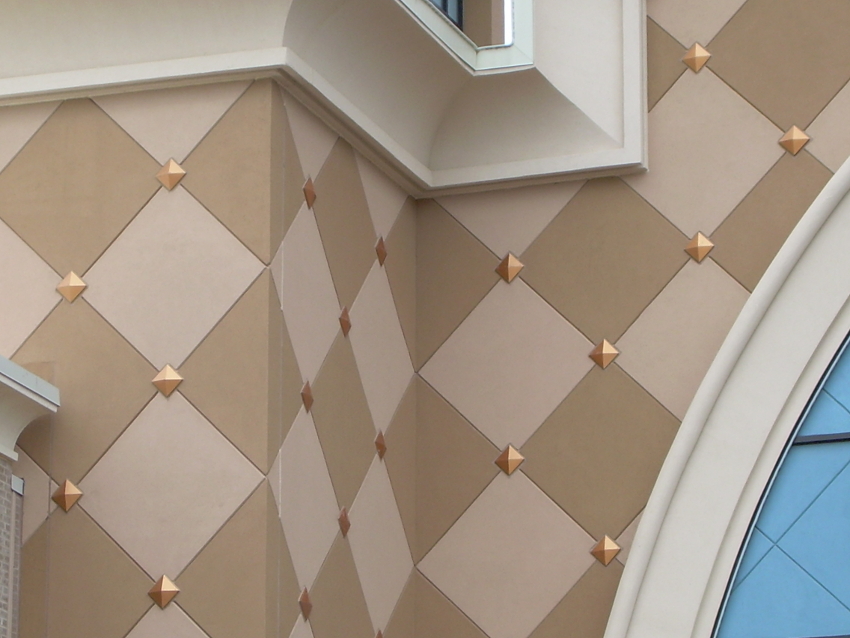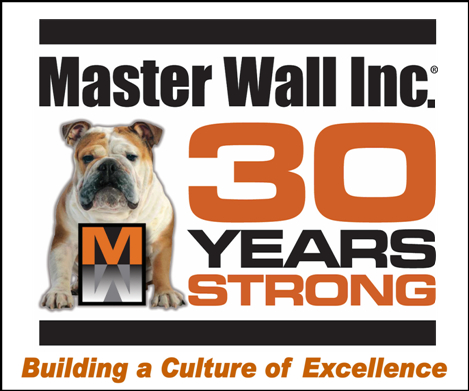Exterior Insulation and Finish Systems
Styles | Selections | Solutions
Sponsored by Master Wall Inc.® and Sto Corp. | Presented by Albert Carrillo
Webinar On-Demand
The new energy code regulations require a more prevalent use of continuous insulation over framed wall construction. In steel stud construction especially, the transference of heat and cold through the stud itself, known as thermal bridging, can minimize or negate the desired R-value of the cavity insulation.
Exterior Insulation and Finish Systems (EIFS) are one of the most rigorously tested exterior claddings relative to continuous insulation, performance in adverse conditions, fire performance and weatherability. Our current EIF systems carry a high-performance cladding capability across these realms and, through an aesthetic genesis, can now provide the looks of many distinct architectural finishes.


|
Albert Carrillo is the Chief Executive Officer for the Western Wall & Ceiling Contractors Association and the Technical Services Information Bureau. He has been an applicator for stucco, EIFS, fireproofing and interior plaster. He spent over 10 years as regional manager for a major EIFS manufacturer. Albert is part of the technical team that wrote the Western Conference of Wall and Ceiling Institutes brochure on “The Energy Code and Continuous Insulation," and has been recognized nationally as an authority on all things EIFS and stucco related. |

|
LEARNING OBJECTIVES
- Explain how EIF systems affect energy consumption and improve indoor comfort.
- Identify the components of an EIF system that contribute to a "system" cladding performance.
- Consider using EIFS to re-clad existing buildings instead of tearing down or removing existing claddings.
- Explore how to comply with continuous insulation requirements to use less energy.











